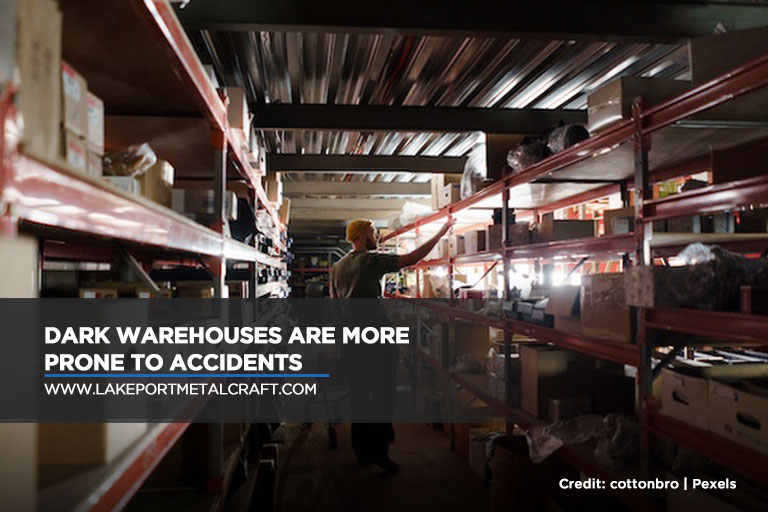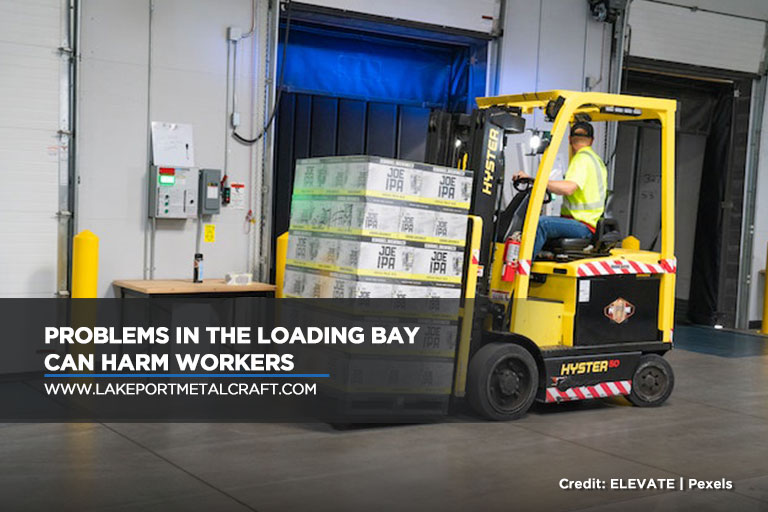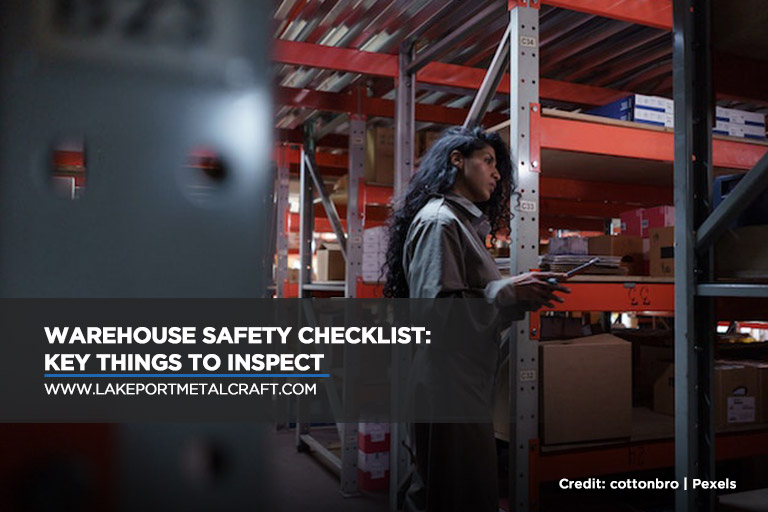There aren’t many professions where workers put their health on the line when they punch in, but warehousing can be a precarious industry. Working at a warehouse may involve a variety of tasks, including heavy lifting, using machinery, and exposure to dangerous materials. To ensure that employees work safely and effectively, you need to conduct thorough inspections and reinforce safety guidelines to avoid accidents.
Warehouse safety has always been important. So, it is important to establish warehouse safety regulations. Many factors should be taken into account, and it might be a little challenging to keep track of them all. Fortunately, here are a few safety warehouse tips to ensure the safety of the workers.
How Do You Inspect a Warehouse?
Checklists for warehouse inspections are a crucial safety management tool. A good warehouse safety checklist must be comprehensive, understandable, and simple. You must be able to perform a monthly warehouse inspection with it to make sure your protocols and systems are operating properly.
- Ensure visible emergency signage
Are emergency signs in their correct position and can they be read easily by anyone? Your warehouse must have signage or other warning devices that will alert workers to the hazard. This is one of the most effective ways to keep the warehouse safe.
- Repair any building or equipment damage
Always be mindful and check to see damages to the walls, floors, windows, doors, and ceilings. Don’t forget to take notes if any issues are found.
- Organize storage racks
Your storage racks need to be clean and damage-free. In the storage areas, you should also make sure things are placed correctly and securely. The pile’s height shouldn’t be so high that packages of items can topple.
- Label hazardous materials properly
Aside from having emergency signage, hazardous materials should also have labels to avoid confusion. Make sure the labelling is accurate before handling any dangerous materials in your warehouse.
- Check the warehouse lighting

For safety, warehouse lighting is crucial. Offices, loading docks, lunchrooms, corridors, fire exits, and even bathrooms should all have adequate lighting. If not, workers risk hurting themselves as it becomes unsafe to move around in the dark.
- Check the ventilation
Warehouses should have adequate ventilation. It keeps the workers safe from dust and debris, emission build-up, humidity, and condensation that pose risk to the warehouse. In turn, proper ventilation can improve the working environment in your warehouse increasing workers’ productivity.
- Maintain hygiene and cleanliness
A safe workplace is well-kept and organized. Workers run the risk of stumbling, losing equipment, slipping, or not being able to properly see where they need to go when you let things become disorderly. It can be challenging to keep a workplace spotless when there is a lot of movement around and vehicle use, but you can still get rid of unnecessary trash that could cause a fire or trip hazard. There should be time set aside for warehouse cleaning each workday. This is an essential step in making sure your workplace is safe. Additionally, make sure to keep the restrooms, break rooms, and workstations all clean and hygienic.
- Inspect aisles
Signs for identification must be present in warehouse aisles so that workers can easily locate storage space for certain materials. It is also important to make sure they are wide enough for forklift operators to pass through securely and carry out the necessary operations with the necessary safe clearances.
- Clean and clear drainage
For the sake of keeping the paper supplies dry and preventing slips, your warehouse needs to have enough functional drainage. Ensure that ditches are not clogged and that drain pipes are unblocked. If your warehouse is easily exposed to the changing weather, ensure that the floor slopes to aid with the flow of rainwater.
- Assess the stairs
Check if the railings are in place as their absence can be a fall hazard in a workplace. It is also essential to spend some time examining each staircase to ensure that their layout and height are similar to each other. This reduces the risk of accidents caused by employees tripping when they climb platforms and walkways and mistakenly believe one staircase to be like the others.
- Establish fire safety regulations
Conduct regular fire safety drills to make sure every warehouse occupant is familiar with the escape route in case of an emergency. Drills also assist in making sure that emergency lights, smoke detectors, and fire alarms are all in perfect condition. In addition, it is important to have fire extinguishers properly placed around the warehouse.
- Clear obstructions
Floors should be clear of debris, liquids, unneeded cords, fissures, pits, and other obstructions to prevent occupational injuries and machinery damage. Packaging placed in the centre of aisles or in front of fire exits is another example of an obstruction. Additionally, you have to make sure that workstations are clear of clutter and that the vehicles are parked where they belong. Electrical wires that are left hanging might be a potential hazard.
- Inspect the loading bay

In the loading bay, forklifts and other vehicles should be regularly inspected. These tasks can be included in your routine warehouse inspection, or you could delegate them and cross the paperwork off your checklist. Additionally, make sure there are no obstacles in the loading bay and that the loading dock doors can be opened easily.
- Wear correct uniform and protective equipment
In addition to these several warehouse safety best practices, warehouse occupants should practice using safety gear including hard helmets, gloves, and eye protection, especially when in the operational area. Avoiding loose-fitting clothing that can catch on tools or machines is also advised. For warehouse employees, loose-fitting clothing is hazardous. Also, depending on the type of job that is done in your facility, you might also want to consider having eye, ear, and respiratory protection. Each task requires a specialized PPE and you should make sure that all employees have proper access to the warehouse PPE and are wearing the appropriate one for each task.
When you are running a warehouse, the safety and welfare of your employees should be your top priority. Forklifts assist in the secure transportation and storage of goods and materials. Forklift rear posts and guards are crucial for the operators’ safety as they guard against potential under-ride accidents. Forklift rear post and forklift rear guard installation conform to the hazard-specific safety and health requirements and guidelines established by the authorities. Visit Lakeport Metalcraft or call 416-587-5809 for more technical information about the product.


